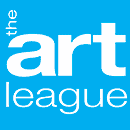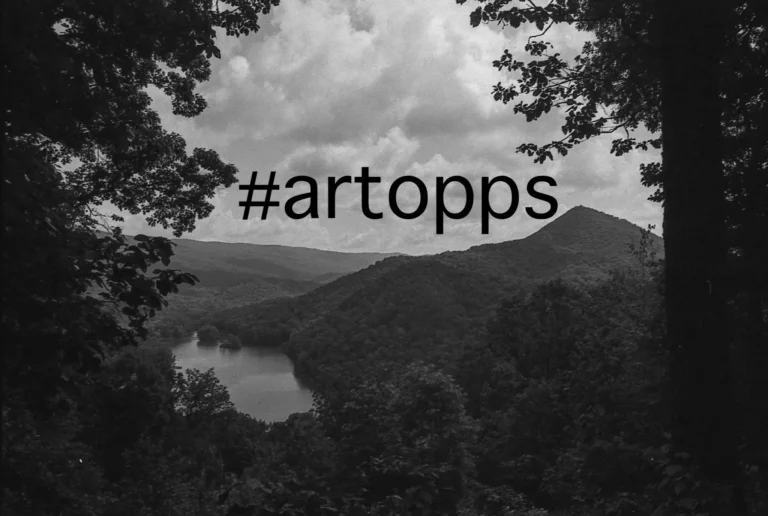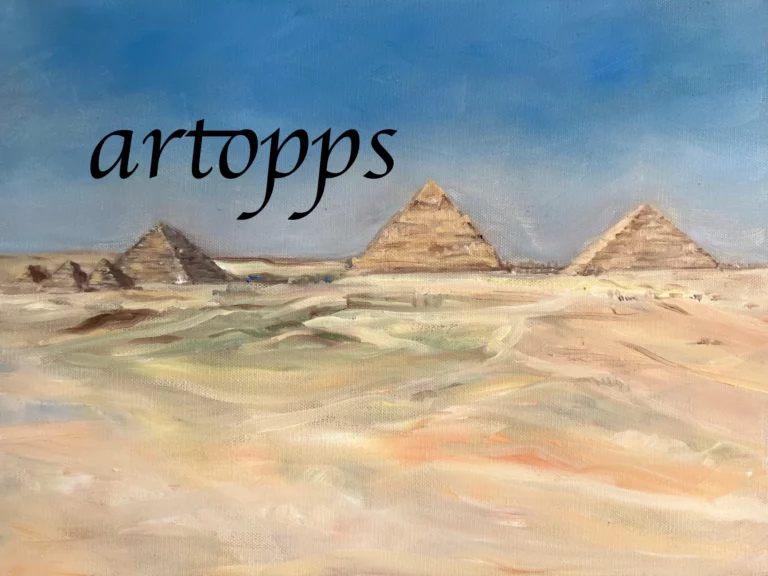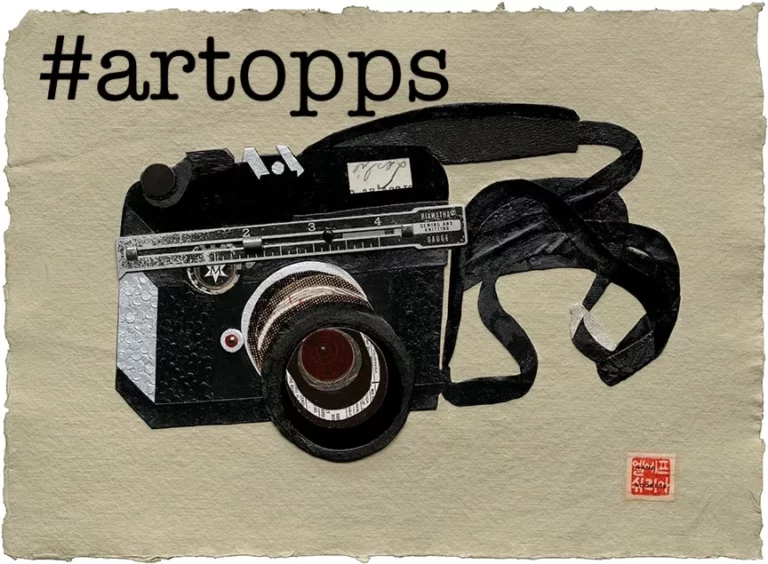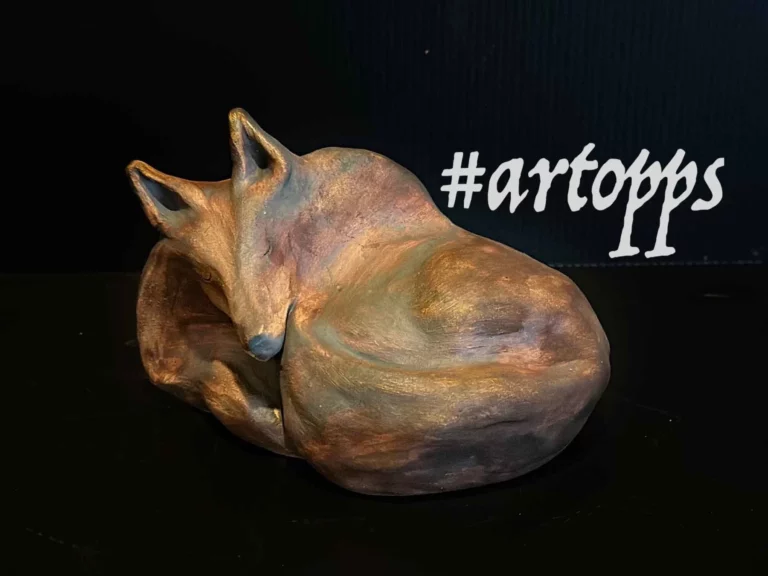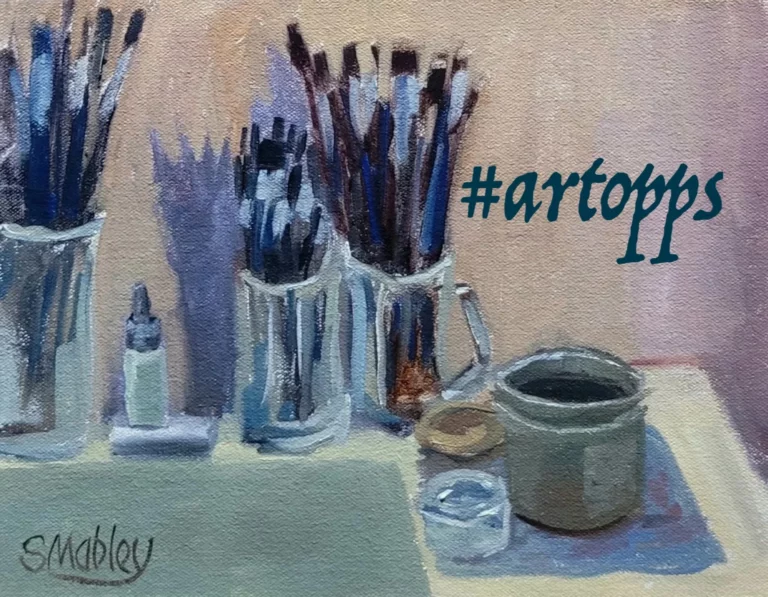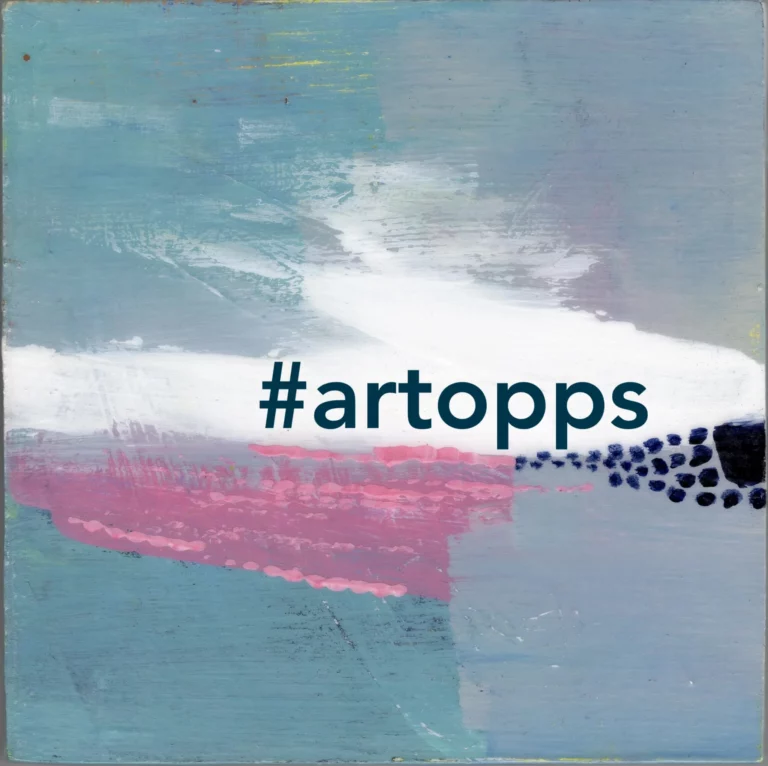Elaine Qiu: Painting as Calligraphy
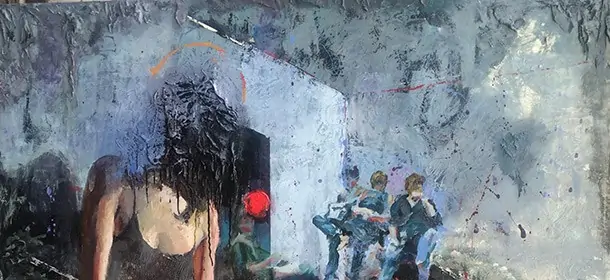

This is a painting that makes quite the impression, even on a small computer screen. If you’ve seen the statement it makes it in person, you’ll understand why it earned a place in the “Mark” exhibit. (See it through October 1!)
Sin of Innocence won the Chameli & Amiya Bose Saha Award this month, with juror Charles Jean-Pierre saying it was “stylistically unique and utilized color like no other.” Elaine Qiu is the artist, and we checked in to learn more about her creative process:
What does the term “mark” mean to you? What role does mark-making play in your paintings?
Elaine Qiu: “Mark” is important. As a native Chinese, I practiced Chinese calligraphy from an early age, and was deeply influenced by Chinese philosophy and traditional Chinese art. My calligraphy master had always emphasized the importance of mark-making. I was taught to differentiate marks made from the wrist, arm, or heart.

Daily practice is essential for Chinese calligraphy, because only through practice can one learn to coordinate the mind, breath, and the body movement to guide the energy from the heart to the tip of the brush, and then onto the paper. And another important aspect of daily calligraphy practice is to familiarize yourself with the materials to the degree that the ink, paper, and the calligrapher ultimately become one, so that the calligrapher always has perfect control of his mark.
My approach to painting is analogous to that adopted by Chinese calligraphers. As a painter, I respect the physicality of the paint and value the integrity of the mark. And I believe every mark should have its own intention, and the way a mark is made is equally important as the final image.

However, in Chinese calligraphy, the importance of the brushwork is always secondary. Because the ultimate goal is not to describe a visual existence but to paint distilled memories or the spirit of the artist. In the same vein, my interest lies in the tension between life’s seen and unseen. To me, mark making is a “means to an end” but also an end in itself.
What was your original goal for Sin of Innocence? Has it changed in light of current events?
I am a visual thinker. If I have a question that I cannot think through, I will paint it out — so I can take a good look at it, and figure out what it is. Before painting Sin of Innocence, I had so many conflicting emotions and questions that I had to paint them in order to analyze them. The minute I looked at the finished painting, I told myself, “Oh, it is a portrait of sadness disguised in anger.”

Yes, current events can be disheartening: racism, ableism, misogyny, homophobia … under the magnifying effect of the internet and social media, the chasms seem to keep on deepening. But on close examination, we could see that oppression, injustice, suffering … these conditions were just as rampant as a hundred years ago as they are now. In fact, suffering seems to be an intrinsic component of the social realm. The rawness of Sin of Innocence was a contemplation of these social conditions. But in hindsight, I wish the painting could come from a more compassionate, less righteous place, because righteousness can easily lead to bitterness and despair, and these are not what the world needs now.
How do you interpret the title, Sin of Innocence?
I have been always troubled by human suffering, especially the suffering of the innocent. There is this innate paradox between sin and innocence. In the western tradition, there is this scene of an unblemished goat being chosen and laden with people’s sin, then the innocent animal was sent away, sacrificed and forgotten.
I have to admit that the whole idea of sin and innocence is a bit hard for people with eastern background to grapple with. However, throughout history, the idea kept manifesting itself in different forms. The most notorious one happened less than a century ago: Jews were made a perfect scapegoat given a long history of anti-Semitism and religious prejudice.

In light of current events, I cannot help but ask: Will the scenario replay itself? Can we really solve our problems by removing the scapegoated individual or group? And I am also wondering: How was a scapegoat chosen? What makes a group or an individual a perfect target for blame? Has nature become the scapegoat of our greediness? Can one’s innocence be used against him?
On the other hand, a famous quote by Rabbi Abraham Joshua Heschel also intrigues me. He said, “in a free society, … some are guilty, but all are responsible.” So, what is the sin of innocence? Are we innocent?
What is your creative process like, from an idea to a finished painting?
The process varies. As I mentioned before, I always start my painting with a question. Painting is my way of looking more deeply into what lies beneath the surface of things. I try not to let the subject matter dominate or push a narrative. Rather, I let the painting lead the way.

Sometimes the painting resolves itself fast, sometimes slow. It has nothing to do with the size of the painting. For example, a big painting like Sin of Innocence only took me few days (of course with very little sleep). In contrast, a small palm-sized painting might take me weeks, or even months to finish.
I often have several paintings going at the same time, and I have to listen to each painting’s individual needs. Sometimes, a painting might keep telling me: I’m not done yet. To this, I would say “Honey, don’t worry, take your time.” I might put paintings that need a lot of work next to the more “successful” ones, hoping they could talk to or influence each other while I’m away. Other times, a painting might simply need “time out,” so I just put it in a corner facing the wall.
What materials did you use for Sin of Innocence? Are these typical for your paintings?
I love to try different materials. I use materials according to what the painting calls for. For Sin of Innocence, I used acrylics, ink and oil on top. Technically, using acrylic or oil doesn’t make any difference for me. However, when I work on larger pieces, I prefer using acrylics with a blow dryer, because oil often dries too slowly to catch up with my thought.
What are you working on now?
I have two projects going on right now. Both of them are dealing with human suffering and relationships. I also have an ongoing project of in-between paintings: I do these small flower paintings whenever I’m stuck or in anticipating of my next painting. These paintings are mere studies similar to the scale practice of a musician.
“Mark” is on view through Sunday, October 1.
Can't get enough?
Sign up for our weekly blog newsletter, subscribe to our RSS feed, or like us on Facebook for the latest Art League news. Visit our homepage for more information about our classes, exhibits, and events in Old Town Alexandria, Virginia.
